 In press events on Tuesday, Intel launched Moorestown and gave journalists their full marketing package on the smartphone and tablet-focused platform. The key highlight was ‘performance’ and one element I want to focus on is Web browsing.
In press events on Tuesday, Intel launched Moorestown and gave journalists their full marketing package on the smartphone and tablet-focused platform. The key highlight was ‘performance’ and one element I want to focus on is Web browsing.
In tests I’ve been doing with many devices over the last 6 months using the SunSpider javascript benchmark, the Atom CPU, running at 1.3Ghz, whips the A4 CPU into the ground with a >3X speed advantage. Moorestown, with its 1.5Ghz clock looks to improve that to a 4x speed advantage according to the slide below. That’s a huge win for web-based applications implemented in AJAX.
Of course, javascript is only a component of the total time needed to fetch and render the average web page so I decided to do a real world test.
To simulate how Moorestown would perform under web-browsing conditions I took the Intel Atom-based Viliv X70, a 7 inch tablet with a 1024×600 7 inch touchscreen running Windows XP Home, installed the latest Google Chrome, locked the CPU to 800Mhz and did some random web browsing tests. Remember that the Menlow platform used in the X70 is very close to the architecture used on Moorestown. The CPU are GPU are architecturally almost exactly the same. I side-by-sided it with an iPad which is, according to my tests with the Archos 5, X10 and HTC Desire (all running high-end ARM V7 architecture cores) the fastest ARM-based browser solution out there.
The video below shows that the browsing speed with the Viliv at 800Mhz is almost neck and neck. An 800Mhz Atom on a multi-tasking OS matches a 1Ghz A4 on a single-tasting OS. Ignore the UI and product, this is just a test of web page loading speed.
In the second part of the video I boosted the Atom CPU up to 1.3Ghz, the maximum on this platform, to simulate what would happen when a Moorestown smartphone ran at the highest clock-rate of 1.5Ghz. Remember the CPU and GPU architectures in Menlow and Moorestown are the same although Moorestown has a 200Mhz advantage here, can support faster memory and has a faster GPU clock.
The difference is very noticeable with the X70 rendering pages much more quickly, even with Flash enabled. Move to Firefox and disable flash and the difference is even bigger.
I see real-world advantages here. Faster, full Internet experience and a huge advantage for web-based applications and compressed or encoded content although it has to be said that in this high CPU-load scenario, battery drain on the Moorestown platform is likely to be slightly (although not considerably) more.
Remember, we’re ONLY comparing CPU platforms here and in this simulation, the Moorestown platform is showing great potential. It can deliver web pages, process script, decrypt HTTPS, GZIP and images much faster than the best ARM-based solution out there. It also adds multitasking and large memory support too. As a platform, if it delivers on the battery life claims, Moorestown is going to be a great, high-performance smartphone, tablet and even netbook option.
Recommended reading – Why social netbooks have a ‘lock-in’ opportunity. In this article I talk about key features of a smartbook. Many of these apply to a Moorestown/MeeGo-based product.
Recommended reading Anandtech on Moorestown. Detailed with good background research and knowledge.

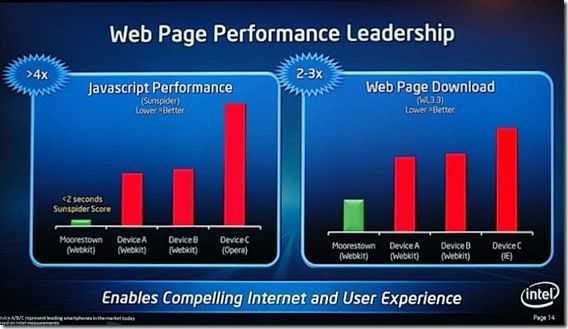

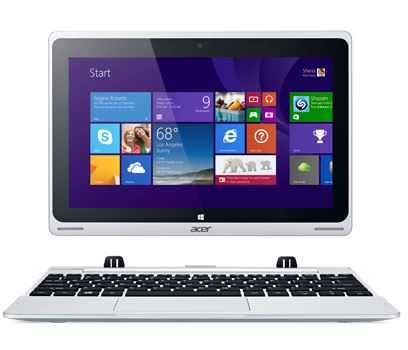
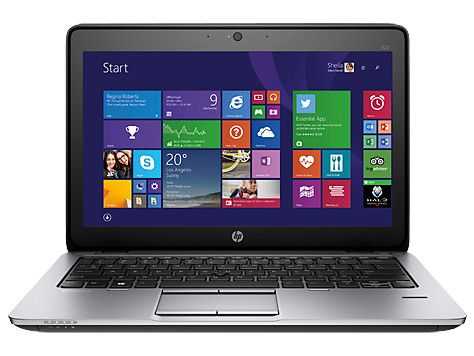
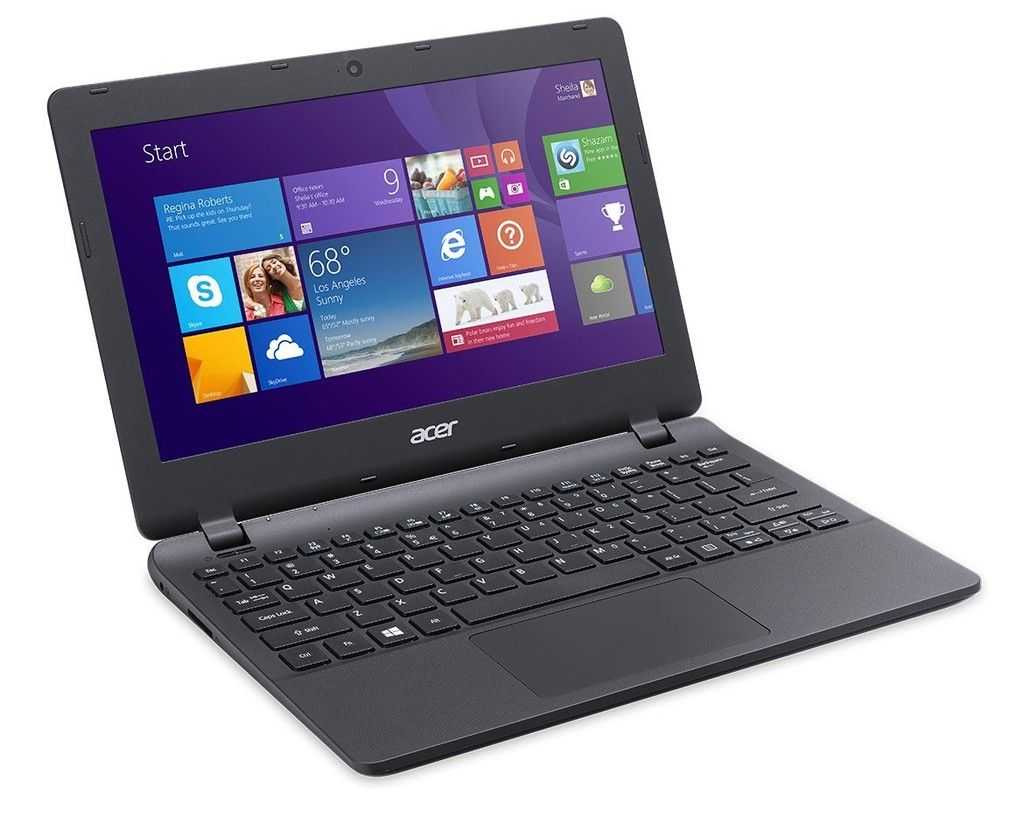

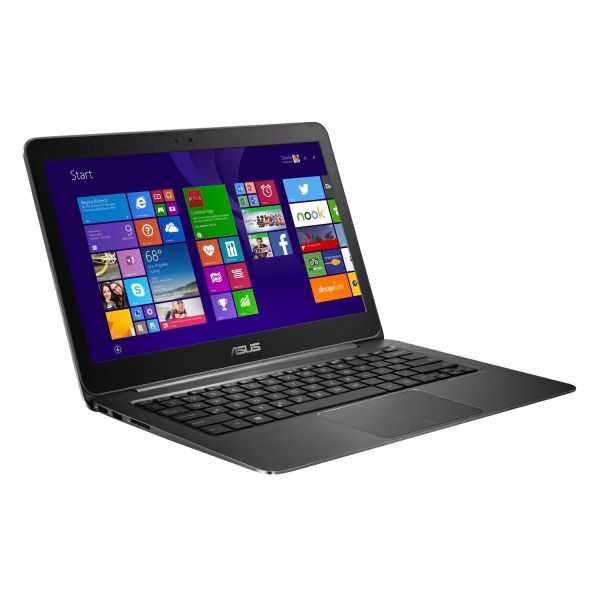


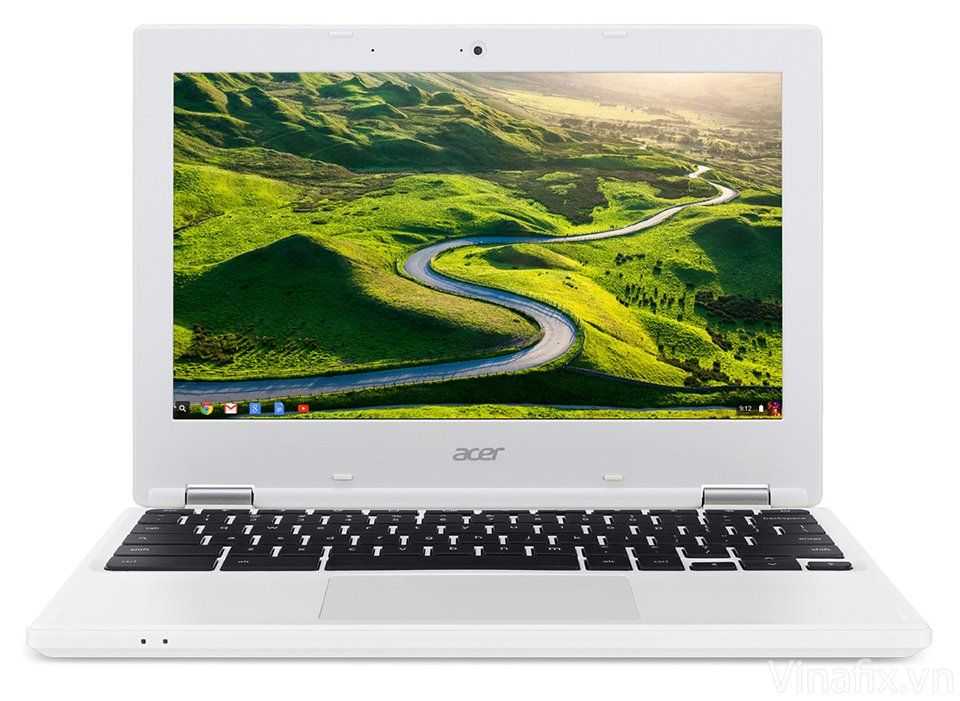
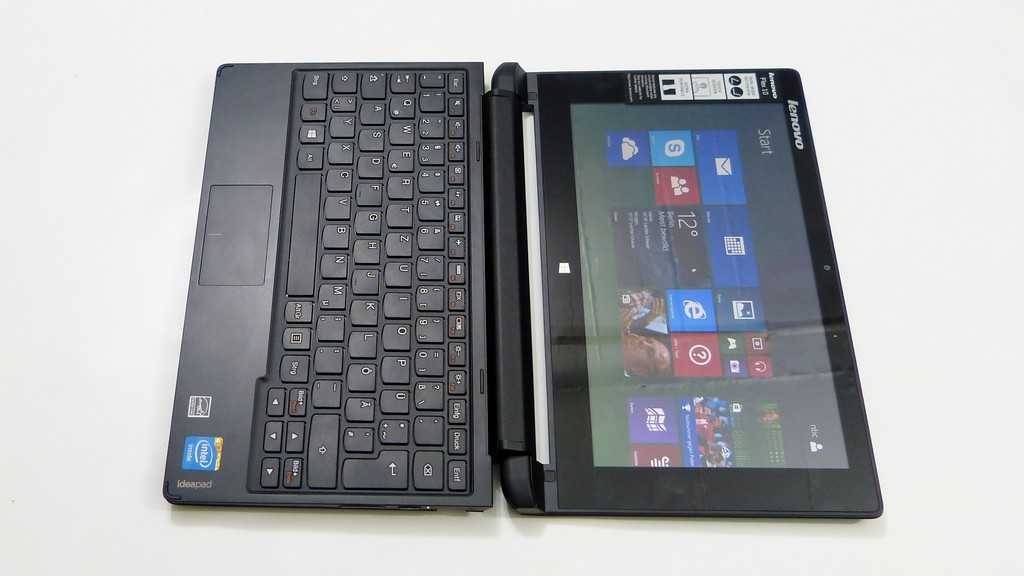
New article: How Fast is Moorestown for Browsing? Faster than an iPad? Does it Matter? Analysis and Simulated Test Vid http://bit.ly/axyXqW
RT @umpcportal New article: How Fast is Moorestown for Browsing? Faster than an iPad? Does it Matter? Analysis and Simu http://bit.ly/axyXqW
How Fast is Moorestown for Browsing? Faster than an iPad? Does it Matter… http://goo.gl/fb/Y5YSJ http://j.mp/findmore
While an interesting test this does favour moorestown is a couple of crucial areas.
1. Memory bandwidth. Moorsetown has a lot less memory bandwidth than menlow since it uses LPDDR1 rather than DDR2. This isn’t true of the tablet version but certainly for the smartphone/MID version.
2. a8 vs a9. iPad has a cortex a8 cpu which will soon become ARM’s midrange option. Since moorestown isn’t shipping yet it isn’t really fair to stack intel’s high performance mobile part against anything but cortex a9 which will be shipping in devices about the same time.
3. hyperthreading vs real cores. moorestown pretends to have 2 cores to get some free added performance but Tegra 2 and OMPA4 really will have multiple cores for when you multitask.
No doubt moorestown will be faster than any cortex a8 product but I suspect the gap with cortex a9 will be pretty small. I’d be willing to bet A9 devices will get better battery life and moorestown will be faster for CPU intensive operations but that it will be quite close.
Hi TheLukeTaylor
Don’t expect any major processing performance improvements in A9. It’s not the big change that ARMv6 to ARv7 was. Figures i’ve read point to 10-20% cpu performance.
Also, dual cores means double core power drain Yes, A9-Dual core platforms like Tegra 2 could be faster (assuming the software can use dual cores for rendering web pages) but power drain will be higher. It’s the same problem as the 1.9Ghz Moorestown will have over the 1.5Ghz!
I’ve called the CPU irrelevant before as 1) there’s no such thing as idle, 2)The CPU is tending towards in insignificant % of power drain. 3) software optimisations and well written 3rd party software can make more of a difference than choice of CPU.
Given the performance of Moorestown and the quest for higher performance by the customer, Moorestown+Android stands a good change in the MIDPhone, super-smartphone and MID space and ARM partners need to get Cortex A9 solutions to the market soon.
I think the best thing we can have is a real good competition and many choices. This will push developers to release products sooner and for better price. Currently the UMPC/MID market consists of maybe 5 Intel or VIA devices and that’s all. There is no real competition.
Tegra 2 with dualcore Cortex-A9 CPU might be a good platform for MID devices. If it can run a real OS (MeeGo or modified Ubuntu like the SmartQ MIDs), it would be a good choice. I believe the platform will be able to shut down one core if there is no need for high performance.
But I’m wondering waht are the other CPU developers doing. I saw some good looking solutions from VIA, which should be already available. But is AMD working on a CPU for UMPC/MID? What CPU is in the xpPhone, it should be an AMD.
Then there are 2 things I would like to point out.
1) A dualcore CPU might not even be any faster then a singlecore CPU with the same clock speed. You need to have a multithreaded application to make any use of dualcore technology. But not all task can be parallelized.
2) If you have a CPU which is 2x more powerful but uses 2x as much energy, you’ll get very similar battery life with both of them. Lets assume the first CPU will use 1W and will need 10s to coplete a task. The second CPU will use 2W, but will finish in only 5s. Then both CPUs will switch to an idle mode where the consumption will be equal. This is scenario is for example used when browsing Internet. You will need 100% performance for a few seconds to render a webpage. Then you read it, which means no CPU intensive task, scrolling is mostly handled by GPUs 2D acceleration.
Chippy, do you have access to a Menlow device with a higher resolution? I wonder if resolution makes any difference?
I don’t, sorry.
I do wonder what will happen when we get a Tegra 2 device on the market to represent ARM. Couple that with Android which will also have flash and I think we’ll have a real fight on our hands.
This is the great thing about it. ARM partners ahve to stay on their toes just as much as Intel partners. Great for us.
Steve, good test, but one question about the simulation you’re trying to test – how wide of a variance do you think the browsers affect the test? You’re using a desktop/x86 version of Chrome vs. a mobile/ARM browser in Safari. I’m not sure you’re only comparing CPU platforms as a result, but looking for your thoughts…
Its a good point. This is not a scientific test but given the scenarios (single-tasking optimised system vs multi-tasking desktop OS) the fact that Atom pulls ahead, even at 1.3Ghz vs 1.5Ghz, it is significant and translates into an even more pronounced raw CPU difference in my opinion.
There are other references around the net that look at A8 vs Atom. Anandtech and ARSTechnica have some I believe. They show a big raw CPU advantage for Moorestown.
If we take the other side of the coin, I could run some specmark tests but what would we have then? Synthetic results.
As I mentioned above, at this point (Moorestown Vs Tegra2 for example) the software becomes the most important aspect and as we’ve all said for a long time, will make or break a product.
THe great thing about these tests is that it looks like we’re going to see netbook-style performance in a much lower power band. Even if Intel don’t reach true smartphone levels of battery life with Moorestown, we can’t ignore the amazing progress that has been made here. Extrapolate what’s happened in the last 4 years into the next 4 years and you can just imagine what sort of platforms we’ll see then.
A lot of low-hanging fruit in terms of power reduction will end up in Moorestown and Medfield that can’t be done twice, with future generation platforms, but the potential is very great.
Glad to see they were able to get into competitive range with power usage too. I’m impressed with the progress that has been made.
By the way, the lower bandwidth on the LPDDR should be somewhat compensated by the Bus Turbo technology.
Even Intel admits the main market for Moorestown will be Tablets though. It just allows entry into smartphone markets. The next generation should be able to get into smartphone competition full-on.
“Even if Intel don’t reach true smartphone levels of battery life with Moorestown, we can’t ignore the amazing progress that has been made here. Extrapolate what’s happened in the last 4 years into the next 4 years and you can just imagine what sort of platforms we’ll see then.”
True, but let’s not overlook this from the other side of the coin. It’s no less amazing IMO as to what ARM has done in the last 4 years either — no longer is the architecture an anemic, energy efficient processor. It’s a far more powerful energy efficient processor. ;)
Absolutely true. The competition can only be good for the customer.
I’d just like to add that when you see the Chrome loading bar stop rotating, and state that it has also loaded the Flash – this is not true. The Flash content on the page will continue to load even though the Chrome spinner stops much earlier.
Benjamin. I believe the flash code has loaded at point. Like scripts and animated gifs, svg components, javascript, CPU usage occurs as that code is then executed. In the case of these tests, it doesnt change the result either way. Moorestown is performing very well.
RT @umpcportal: New article: How Fast is Moorestown for Browsing? Faster than an iPad? Does it Matter? Analysis and Simulated Test Vid http://bit.ly/axyXqW
just hurry up and create a new website called anythingbutipad.com. jeez
You should blame apple that iPad didn’t perform better. Not a Chippy’s
web site.
doh! the site already exists lol! http://anythingbutipad.com/
Have you downgraded the RAM also? I know your sponsored by Intel so.. make a benchmark test.. oh yea… iPad doesn’t have a benchmark software… ;D
Yes, let’s downgrade everything. USB ports, memory card reader, video camera… so iPad can win. And let’s test it on iFart application. That would be fair.
There’s an expensive add-on for that.
http://www.crunchgear.com/2010/01/27/apple-has-a-solution-for-the-ipads-missing-sd-card-slot-and-usb-port-adapters/
:D
Got to love how Apple can sell 1 million of this crapware in just one month… so much gullible folks out there.. there’s born one every minute.. XD
Yes Patric, but I am sorry to tell you, it’s May 2010 already.Even my 2003 PDA Toshiba 830e has Bluetooth, WiFi, Sd card and CF card reader build in and dongle for USB or VGA out.
Doesn’t looks that magical with all those dongles anymore. Does it?
I don’t make compromises. If device doesn’t meet my minimum hardware specs, I don’t buy it. I will wait.I know to control myself. I don’t have to have all the toys, but I mostly have the best toys on the market.From Laptop, Plasma TV… I can afford it, because I save the money not to buying crappy magical devices.If somebody can bring me back my Psion Revo with 6″ wide screen, same keyboard, same pocketable size without bezel, Windows 7, I’ll pay what ever they ask. It would be truly magical device after 10 years of dreaming to have a full os in the same size, like this PDA. And the technology is here. It’s not like I am dreaming anymore. It can be done today. N5 is getting close.
BTW 1 million is just very, very little.
If something like this would be touted by a major brand
http://www.netbooknews.com/3625/7-inch-android-smart-books-with-1ghz-arm-cpu/
now that would be cool… i would choose MeeGo platform for sure over Android.. Light, practical & usable… smartvertibles will eat the tablets lunch!! :)
I have just one problem with this netbook. It’s not pocketable.
I made a drawing a couple month ago and 6″ wide ratio is max. real estate screen without any bezel, which is still pocketable. 7″ + bezel and it’s out of the business. So I am with Chippy on this 5-6″ screen without bezel + key board. It’s big enough to see the screen and small enough to fit in your pocket. For me is the key to have a max size of the screen without any bezel which will still fit in the pocket on my jacket, with full OS. That’s the magical device I am waiting for. Surprisingly, this 6″ screen will still fit in the N5 or UMID BZ form and size.
It would be perfect device for me, which I can carry all the time, without any problems.
Back to the perfect device arguments.
I agree with you, but let’s applaud the developments that continue to be made with the CPU & GPU platform too.
How Fast is Moorestown for Browsing? Faster than an iPad? Does it Matter? Analysis and Simulated Test Video http://ow.ly/1I5kc
There’s also another way to improve browsing speed a lot (if you’ve enough RAM): Running i.e. Firefox from an RAM-Drive (in my case FF-Portable on an 256MB Ramdrives on my P1610 Lifebook). Even large and complex pages do not consume a big amount of CPU-power in comparison to the real bottleneck of caching and disk operations. I do have a fast SSD, a CoreSolo with (mostly) running at 800 MHz, a lot of tasks running – but most of the time applications have to wait for the disk operations, while RAM is incredible fast. So CPU-power ist nice to have for vids and flash-anims, but the real speed comes from RAM-bandwith (which should improve with the Moorestown) and disk speed, and disk speed is something all those devices have their bottleneck. Imagine a Netbook with 8GB-Ram which would enable a whole OS and programms running from its real fast Memory (some GB/sec vs 10-100 MB/sec on an harddrive or SSD)!